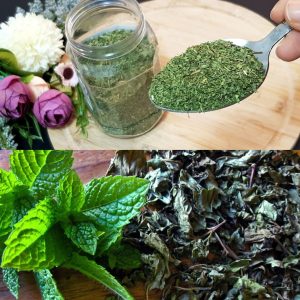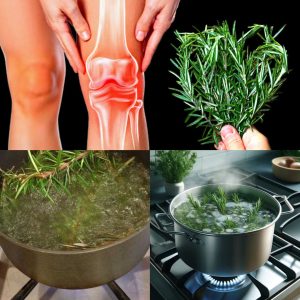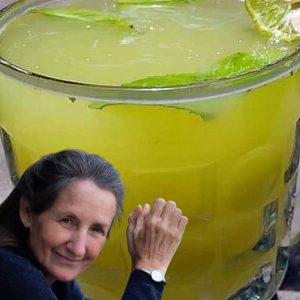Papaya, a fruit rich in taste and nutrients, holds a special place in the hearts of gardeners everywhere. Although it’s a symbol of the tropics, with the right approach, you can grow papaya in your own space, even in cooler climates, through the magic of container gardening. This guide reveals how to achieve a flourishing papaya crop in the comfort of your backyard.
1. Choosing the Best Papaya Seeds
Begin your papaya cultivation journey by selecting the finest seeds:
Select a Ripe Papaya: Look for a fruit that is fully ripe, with seeds ready for planting.
Extract and Prepare the Seeds: Cut open the papaya, scoop out its seeds, wash off the pulp, and let them air dry for a day or two.
2. Germinating Your Papaya Seeds
Kickstart your papaya plants with these germination steps:
Use the Moist Paper Towel Method: Place seeds on a damp paper towel, fold it over, and keep it in a plastic bag.
Warmth is Key: Keep the environment at 75-85°F (24-29°C), avoiding direct sunlight.
Watch for Sprouting: In 1-2 weeks, look for seeds to sprout, indicating they’re ready for planting.
3. Planting Your Papaya in Containers
Move your sprouted seeds to pots to begin their growth:
Choose the Right Pot: A large pot, between 10-15 gallons, with good drainage, is essential.
Soil Preparation: Fill pots with a well-draining potting mix, slightly acidic to neutral pH (6.0-6.5), and mix in some compost.
Plant Your Seedlings: Carefully plant the sprouted seeds, making sure the top of the root ball is level with the soil surface.
Space Appropriately: Keep plants at least 10 feet apart if growing more than one to ensure enough space for growth.
4. Papaya Plant Care Essentials
Ensure your papaya plants thrive with these care tips:
Sunlight Needs: Papaya loves the sun—aim for at least 6 hours of direct exposure daily.
Watering: Keep the soil consistently moist but not waterlogged. Water deeply when the top inch feels dry.
Fertilization: Use a balanced or fruit-specific fertilizer every 2-4 weeks during growth periods.
Pruning: Regularly remove unhealthy leaves and manage plant shape for healthy growth.
Pest Management: Look out for pests like aphids, treating with organic options as necessary.
Structural Support: As the plant grows, provide stakes or supports to prevent it from falling under the weight of its fruit.
5. Harvesting Your Homegrown Papayas
Expect fruits to mature in 6-9 months. Harvest papayas when they turn yellow or orange, gently twisting them off the stem.
Growing papaya in containers is a fulfilling activity, yielding fresh, homegrown produce without the need for a large garden. Papaya plants typically live for 4-6 years, so plan to replant and enjoy continuous harvests. Here’s to your gardening success!





